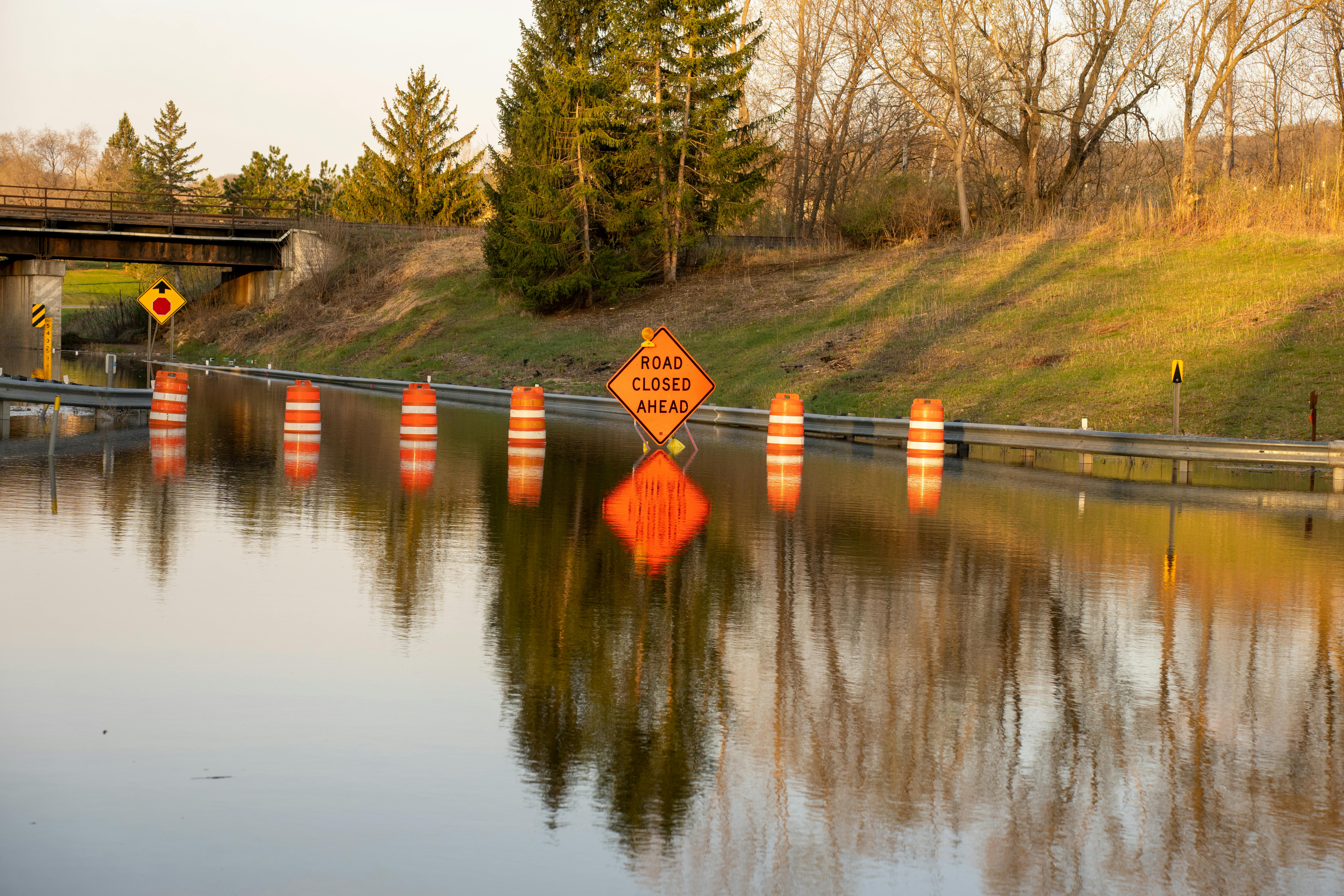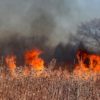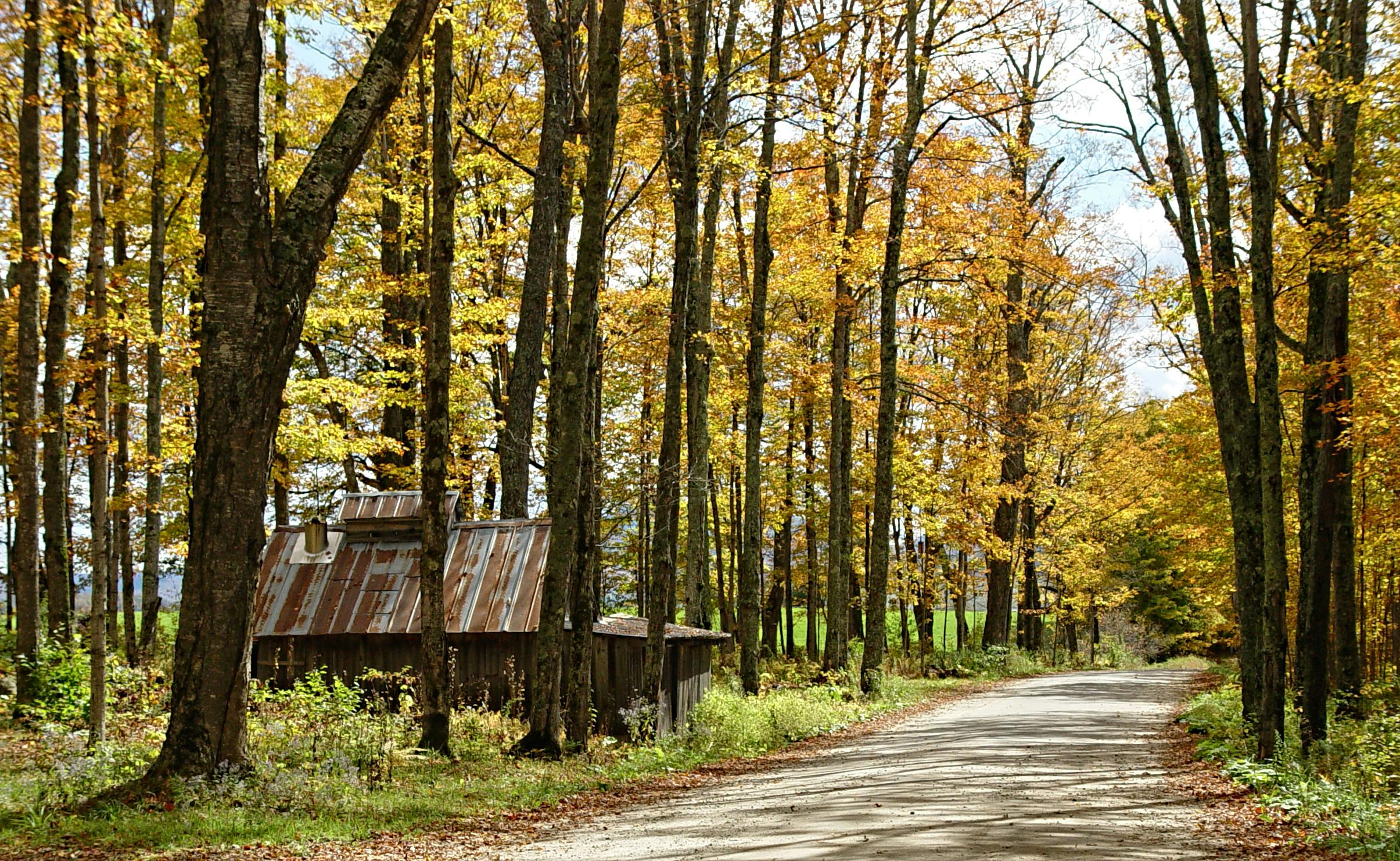Below are summaries from the National Significant Wildland Fire Potential Outlook, provided by the National Interagency Fire Center, for the period of July 2022 through October 2022. Additionally, the full wildfire outlook can be located here.
Year-to-Date Statistics:
| Year-to-date statistics | Number of Fires | Acreage Burned |
| 2022 (01/01/22 – 07/01/22) | 33,926 | 3,922,641 |
| 10-year Average (2012-2021) | 26,250 | 1,733,895 |
| Percentage of 10-year Average | 128% | 226% |
Source: https://www.nifc.gov/fireInfo/nfn.htm
Observations in June:
Fire activity gradually increased in June across much of the West. However, a rapid decrease in activity during the latter half of June was observed across the Southwest. Fire activity increased across Alaska. Low to moderate activity occurred in the Southern and Eastern Areas. Year-to-date acres burned for the US is over 220% above the 10-year average, with over 92% of the total acres burned in Alaska, the Southwest, and Southern Areas.
Most of the West, Plains, and Texas remain in drought, with areas of extreme to exceptional drought across the southwestern US. Drought developed across southwest Alaska and expanded or increased in severity across the Southeast and Hawaii. Temperatures were above normal across the southern portion of the US and the Plains, with near to below normal temperatures across the northwestern US and the Northeast.

US Drought Monitor Status as of June 28, 2022
The Pacific Northwest, portions of northern California, Idaho, northwest Montana, and Yellowstone National Park received above normal precipitation last month. Record flooding was reported in Yellowstone and south-central Montana. An early start to the North American Monsoon during the latter half of June brought above normal precipitation to the Southwest and portions of southern California, southwest Utah, and southwest Colorado. Well below normal precipitation was observed in much of the Great Basin, with below normal precipitation from the Plains to the East Coast.
Most of Texas and the Southeast was also much drier than normal. June temperatures were above normal for the southern portion of the US, Plains, and Ohio Valley, while near to below normal temperatures were observed in the Pacific Northwest, northern Rockies, and Northeast. Alaska temperatures were much above normal in June with below normal precipitation. Drought continues across more than 75% of the West and much of the central and southern Plains, with extreme to exceptional drought continuing over much of California, eastern Oregon, the Great Basin, New Mexico, and Texas. Drought developed or intensified over portions of Alaska, Hawaii, New England, the Southeast, and Ohio Valley. Drought improvement and removal was noted across much of the Northwest, Idaho, and Montana, but a small area of drought intensification occurred over the Front Range of northcentral Montana.
Wildfire Outlook for July – October:
Climate outlooks indicate below normal precipitation is likely across much of the Plains through the central Rockies into the Inland Pacific Northwest, with above normal temperatures likely across most of the US through summer. A robust North American Monsoon is expected to continue through July into August across the Southwest and portions of the broader Four Corners region. Alaska is likely to remain warm, with near normal precipitation likely through summer.
Above normal significant fire potential is forecast for the southern Plains through October, spreading across Texas, the Lower to Mid-Mississippi, Missouri, and Ohio Valleys by fall. Much of the central and northern High Plains, including the Black Hills, are likely to have above normal potential through summer. The Southwest, southern Great Basin, and Colorado Rockies have returned to near normal potential. Southwest, south-central, and Interior Alaska will have above normal significant fire potential through August, although portions of southwest Alaska will likely return to near normal potential during August.
Much of the Sierra and Coast Ranges in California will have above normal significant potential by August, continuing through September. Offshore wind-prone areas in California will likely retain above normal potential in October as well. Along and east of the Cascades into much of the western and northern Great Basin is expected to have above normal potential this summer due to above normal fine fuel loading and long-term drought, with southwest Oregon likely to have increasing potential by August. Leeward sides of the Hawai’ian Islands will have above normal potential through October due to ongoing drought and likely enhanced trade winds.

NIFC Predictive Services Fire Potential Outlook for July 2022

NIFC Predictive Services Fire Potential Outlook for August 2022

NIFC Predictive Services Fire Potential Outlook for September 2022

NIFC Predictive Services Fire Potential Outlook for October 2022
Source: NIFC




